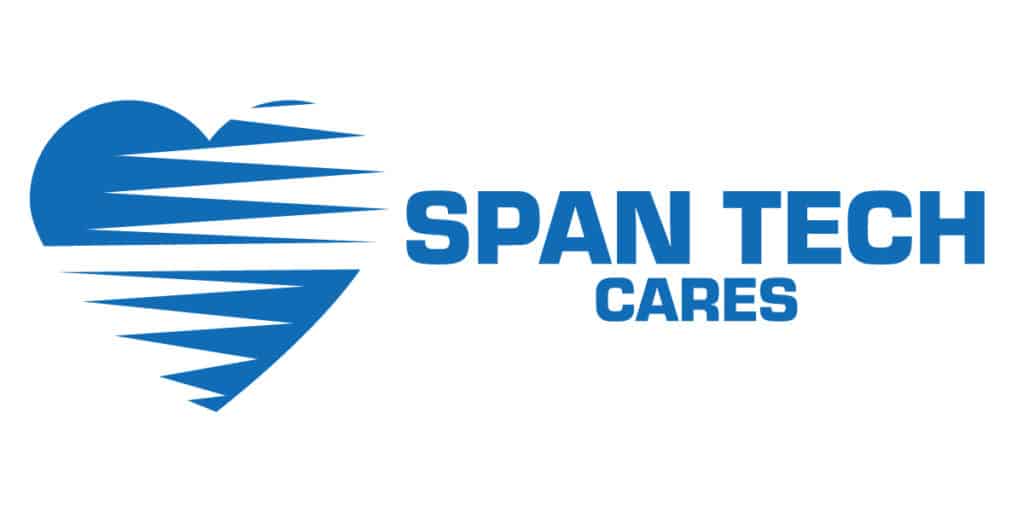
Our Commitment to Community
We believe that a thriving community is the foundation of a successful business. Giving back to our community is not just a responsibility—it’s a core value that drives us forward. We are committed to supporting the people, causes, and organizations that make a difference in the lives of others.
Giving Back
Partnering with Local Organizations
We understand the importance of collaboration and work closely with a range of local charities, non-profits, and community groups. These partnerships allow us to focus our efforts where they are most needed, whether it’s providing warm clothing to those in need, supporting food banks, or empowering youth through mentorship and skill-building workshops.
How You Can Get Involved
We believe in the power of community and the impact of collective effort. That’s why we encourage our customers, partners, and supporters to join us in our charitable endeavors. Whether it’s through donations, volunteering, or simply spreading the word, there are many ways to get involved and make a difference. Keep an eye on our website and social media channels for updates on upcoming events, fundraisers, and volunteer opportunities. Together, we can create a positive change.
Making a Difference Through Action
Our charitable work extends beyond simple donations. We are passionate about rolling up our sleeves and actively participating in projects that make a real impact. From volunteering at local shelters and organizing clothing drives to sponsoring educational programs and funding healthcare initiatives, our team is dedicated to contributing our time, resources, and expertise to build a stronger community.
Thank You for Your Support
None of this would be possible without the unwavering support of our partners and the community. Your trust in us allows us to continue doing what we love while giving back to the causes that matter most. Thank you for being a part of our journey and for helping us make a difference.
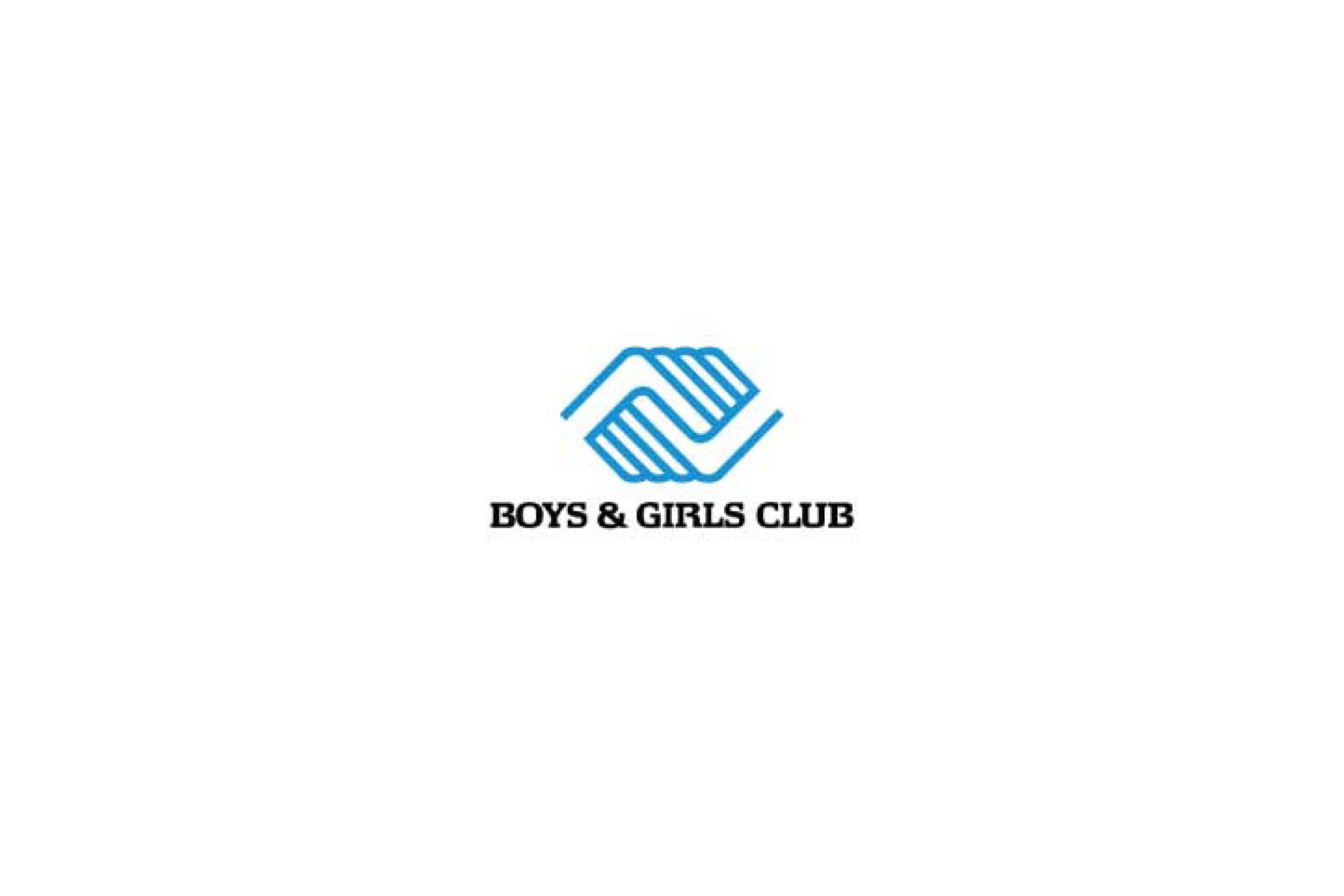
Boys and Girls Club
To enable all young people, especially those who need us most, to reach their full potential as productive, caring, responsible citizens.

Mini Corvette Challenge
Over the past 23 years the Mini Corvette Challenge presented by Houchens Industries has become a staple event for Junior Achievement of South Central Kentucky.
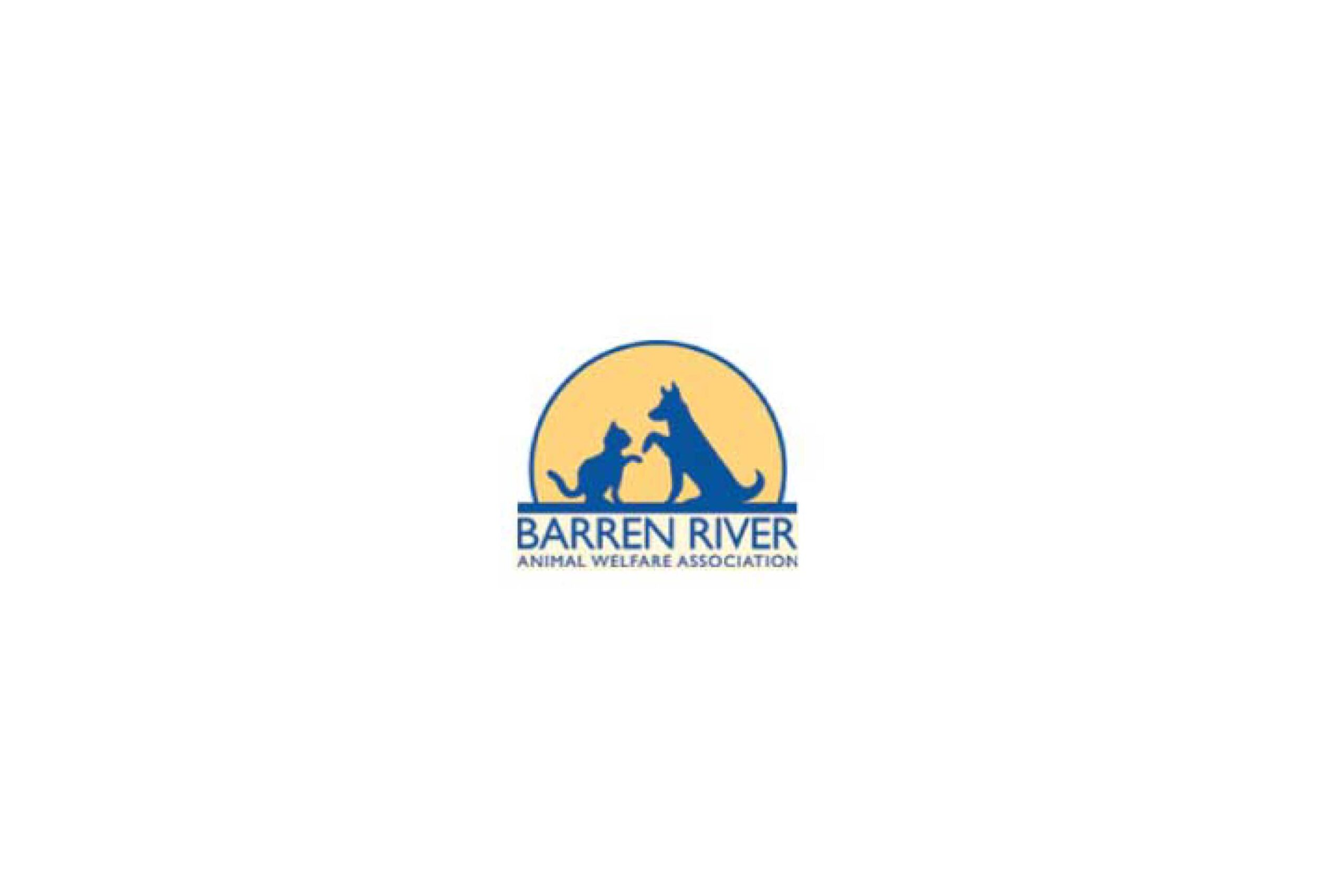
BRAWA
The Barren River Animal Welfare Association is a partnership of caring community members providing a safe haven for homeless companion animals.
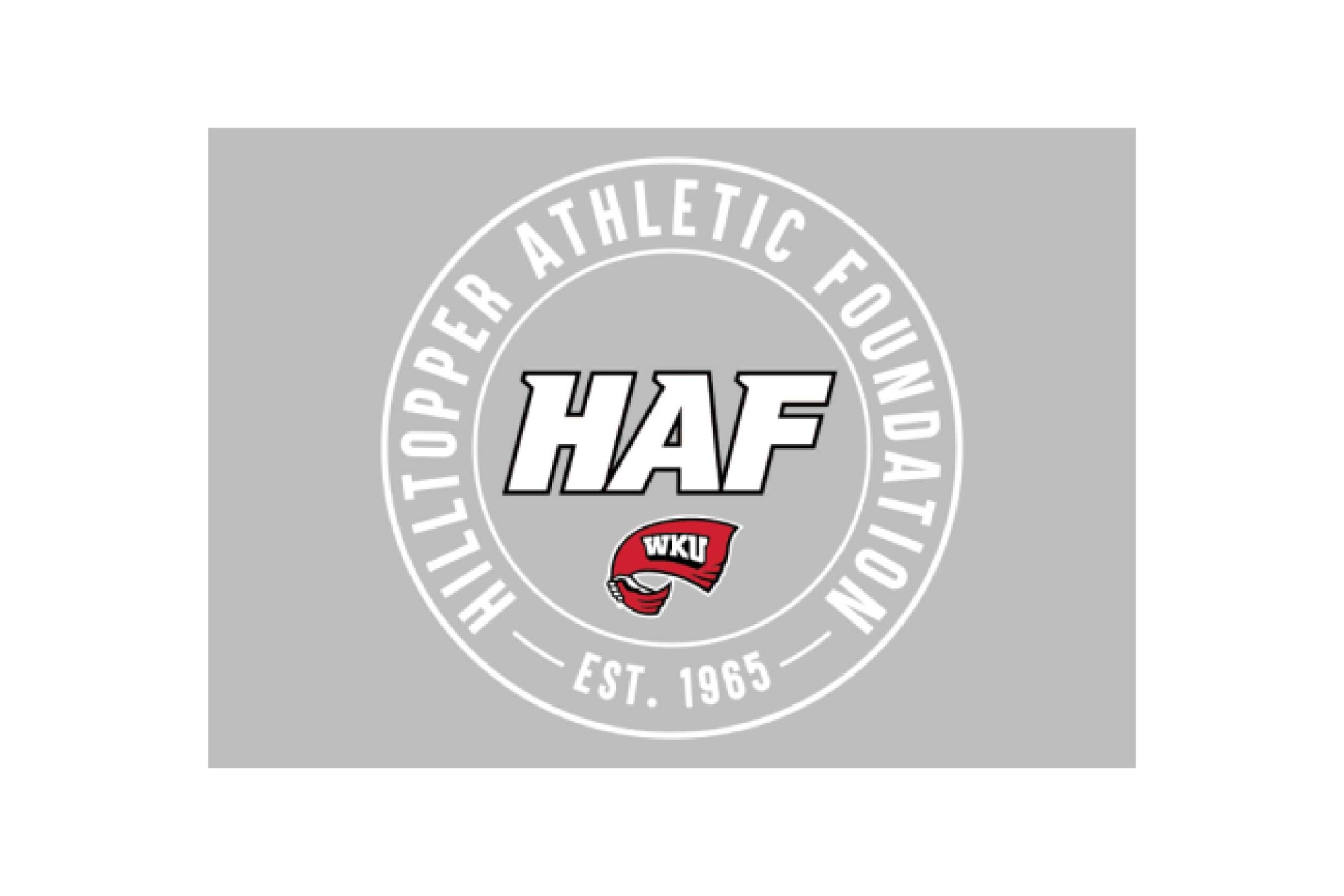
Western Kentucky University

Aviation Heritage Park
Aviation Heritage Park at Basil Griffin Park on Three Springs Road was instigated by the arrival of a special, retired airplane.
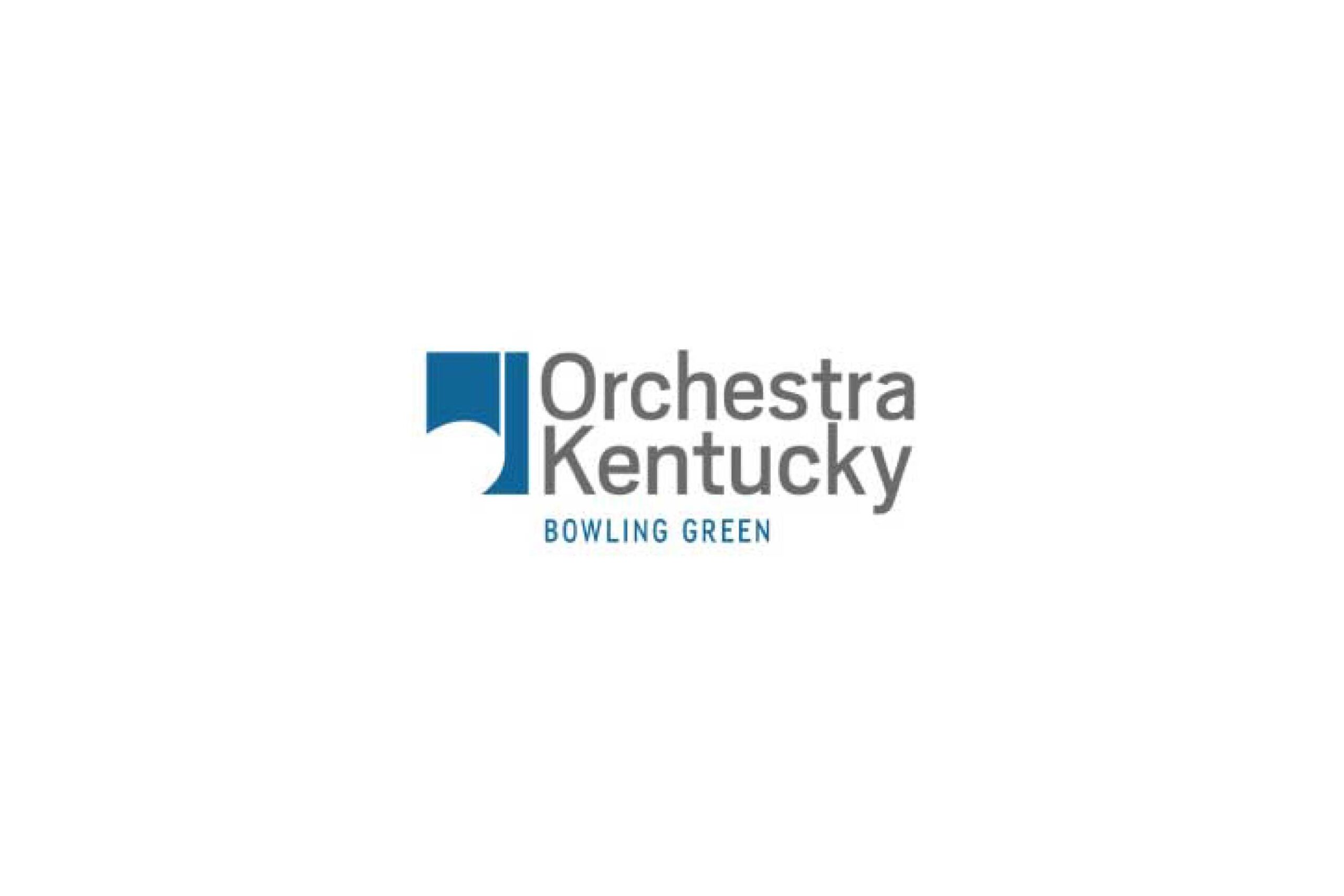
Orchestra Kentucky Bowling Green
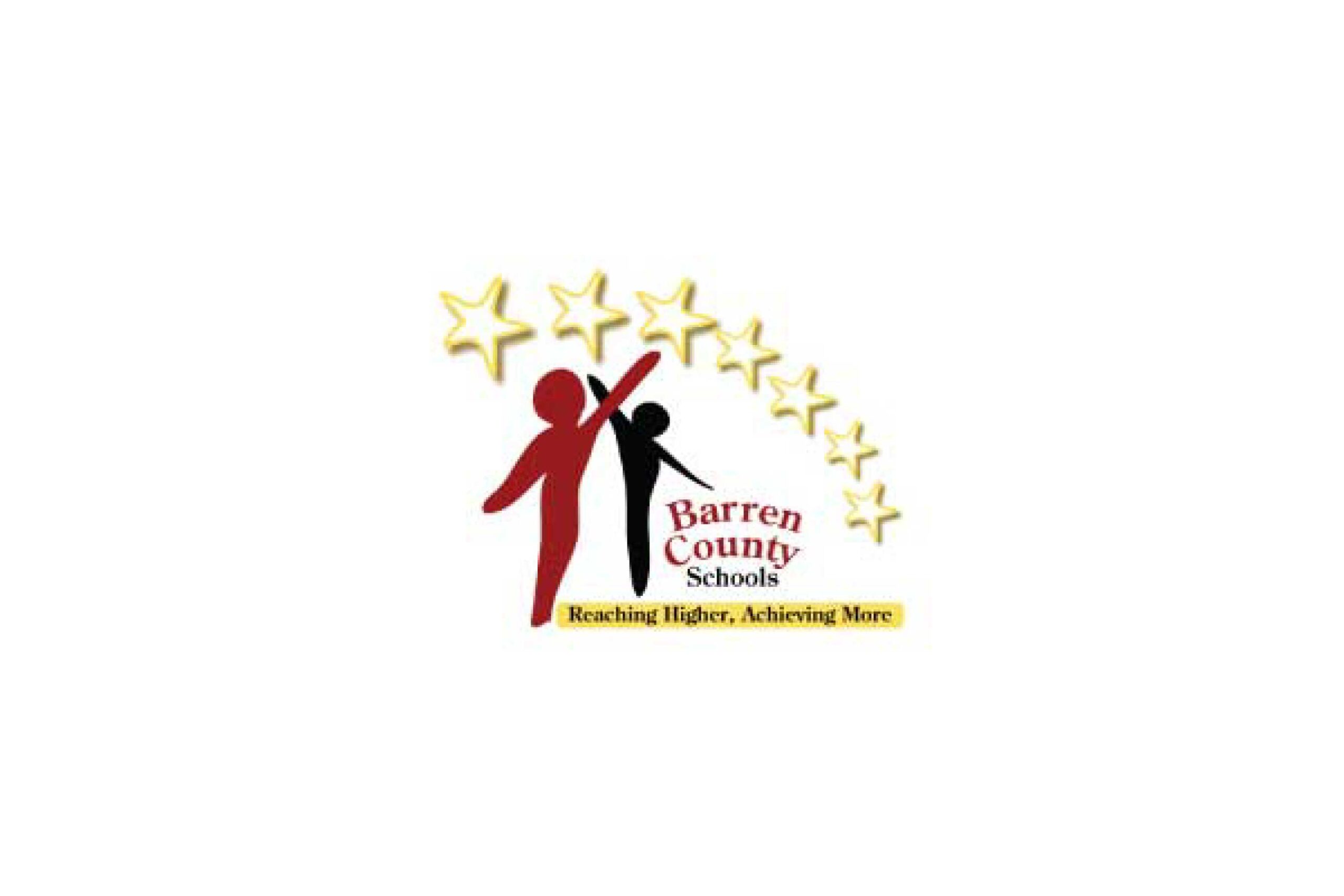
Barren County Schools
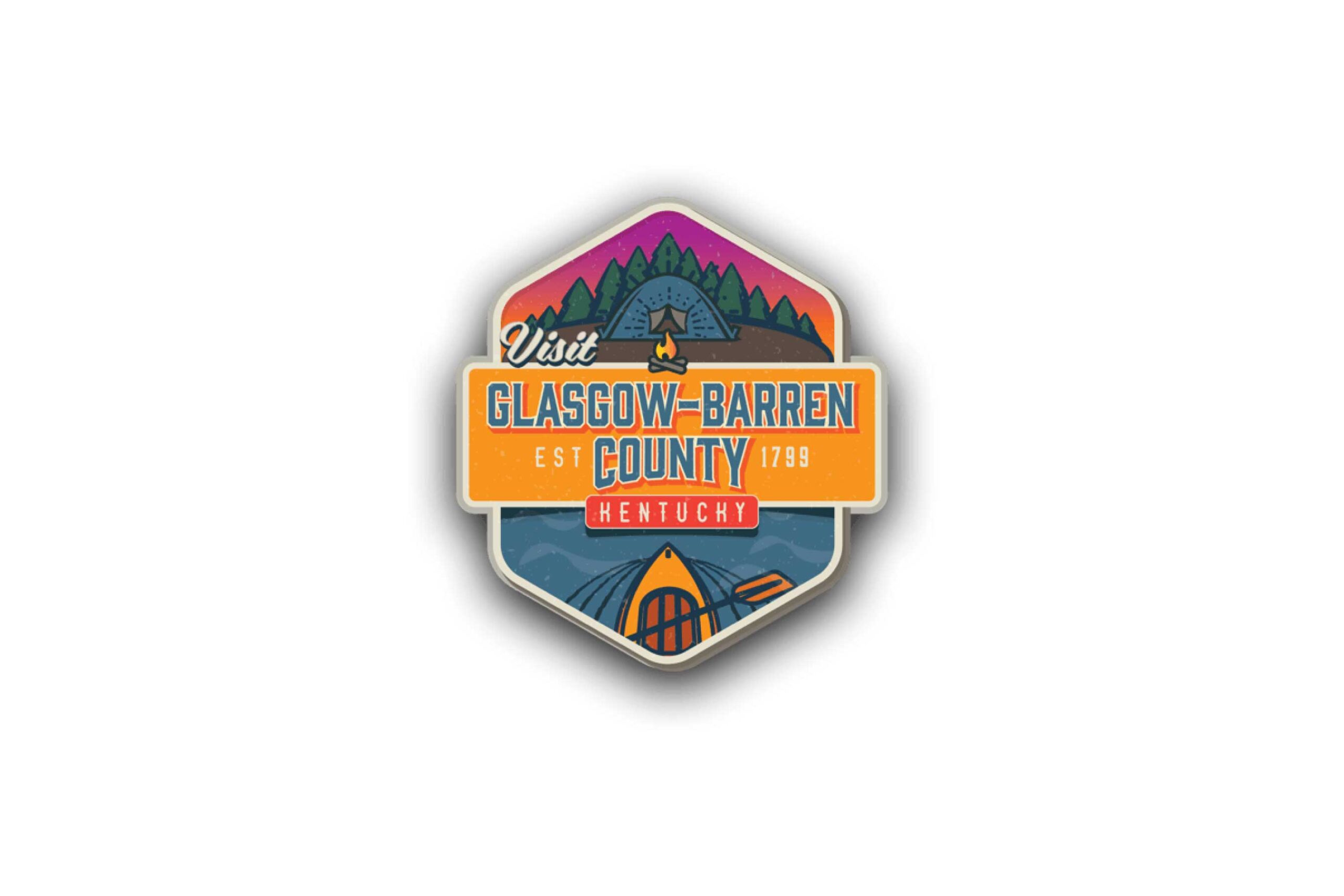
Glasgow Christmas Parade
Span Tech participates in the annual Christmas parade every year. Proceeds go towards the Glasgow Chamber of Commerce to help build a better community.







